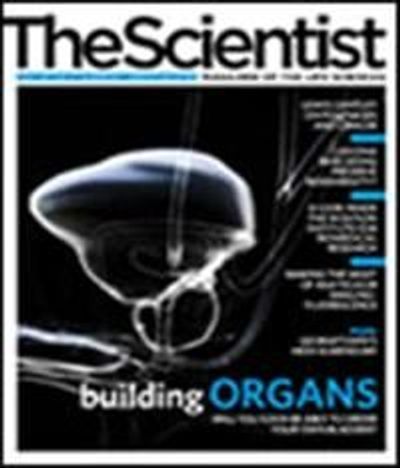Combine dots and dyes to label the most proteins simultaneously. By doing this, Mario Roederer's group at the National Institute of Allergy and Infectious Diseases in Bethesda, Md., can image 17 colors in its flow cytometry experiments. Stuart Sealfon of Mount Sinai School of Medicine recommends saving quantum dots for the proteins that are the most difficult to pick up, while using organic dyes for the rest. Combining also works well if you're looking at proteins that are present in very different quantities, says Jyoti Jaiswal of the Rockefeller University in New York City.
Keep numbers reasonable. With both quantum dots and organic dyes, each added fluorophore increases background fluorescence, and in general adds complexity. For that reason, Pok Man Mendy Chan of Mount Sinai School of Medicine limits her multiplex imaging to eight colors. Roederer's flow cytometry apparatus...
Interested in reading more?




